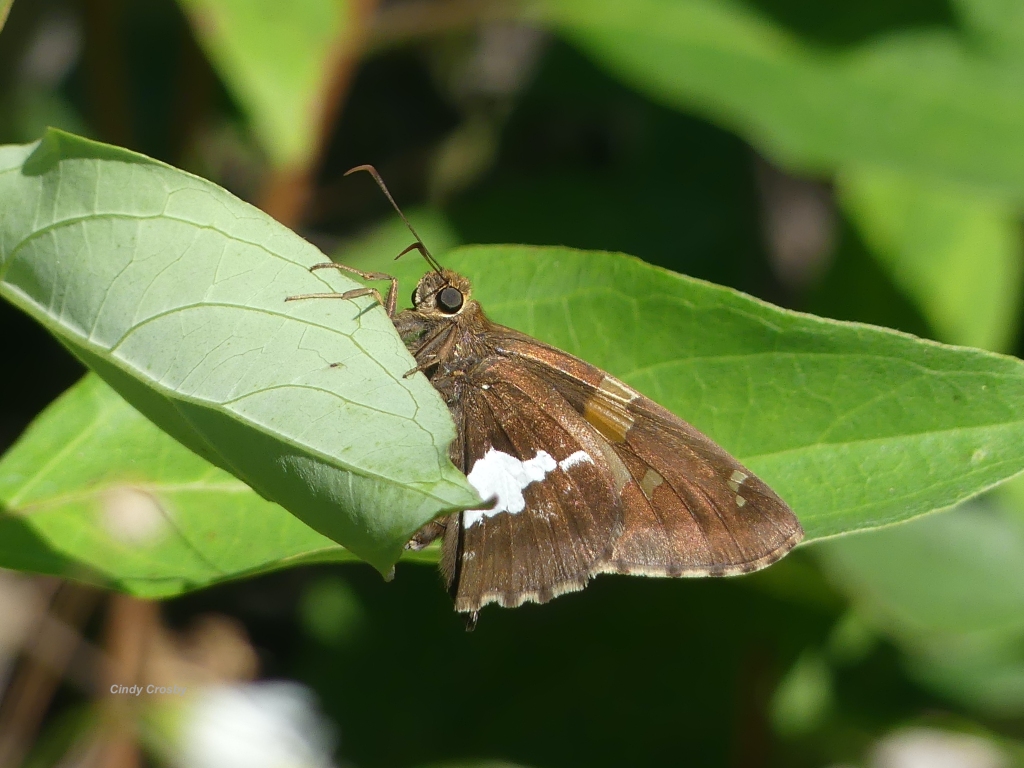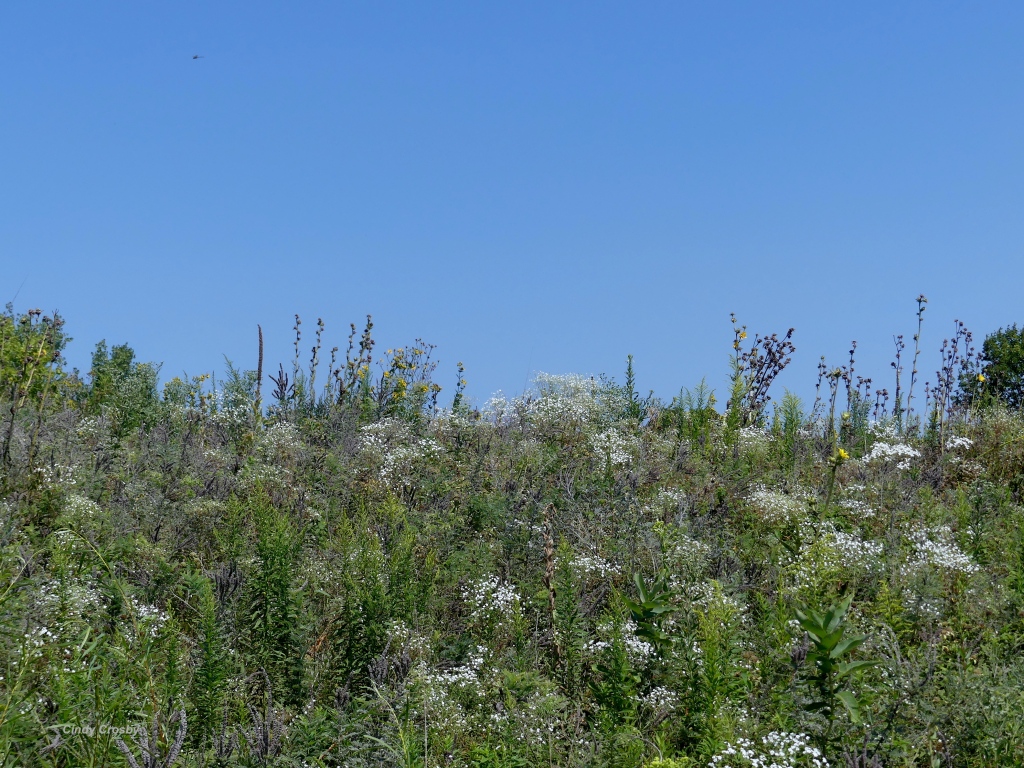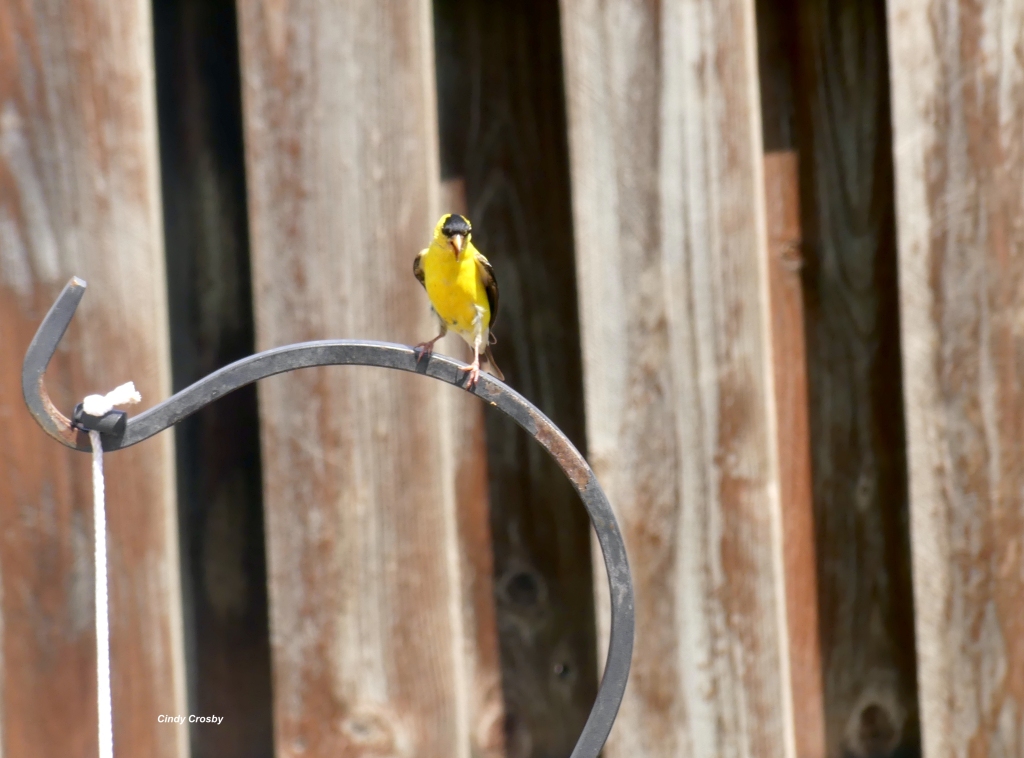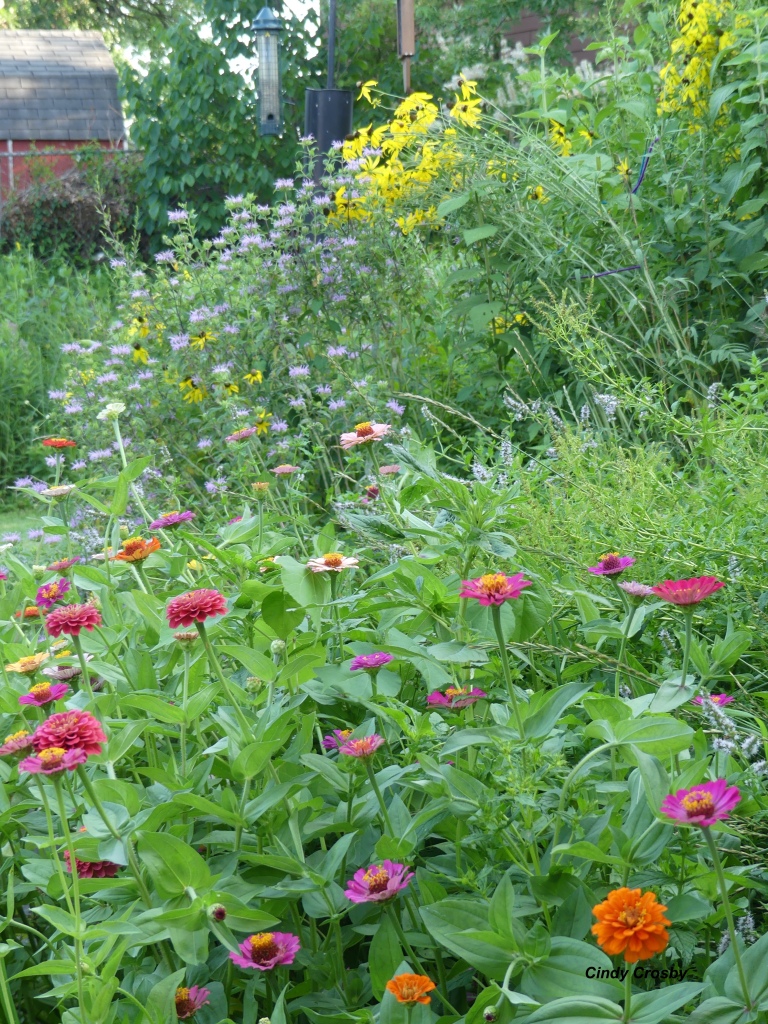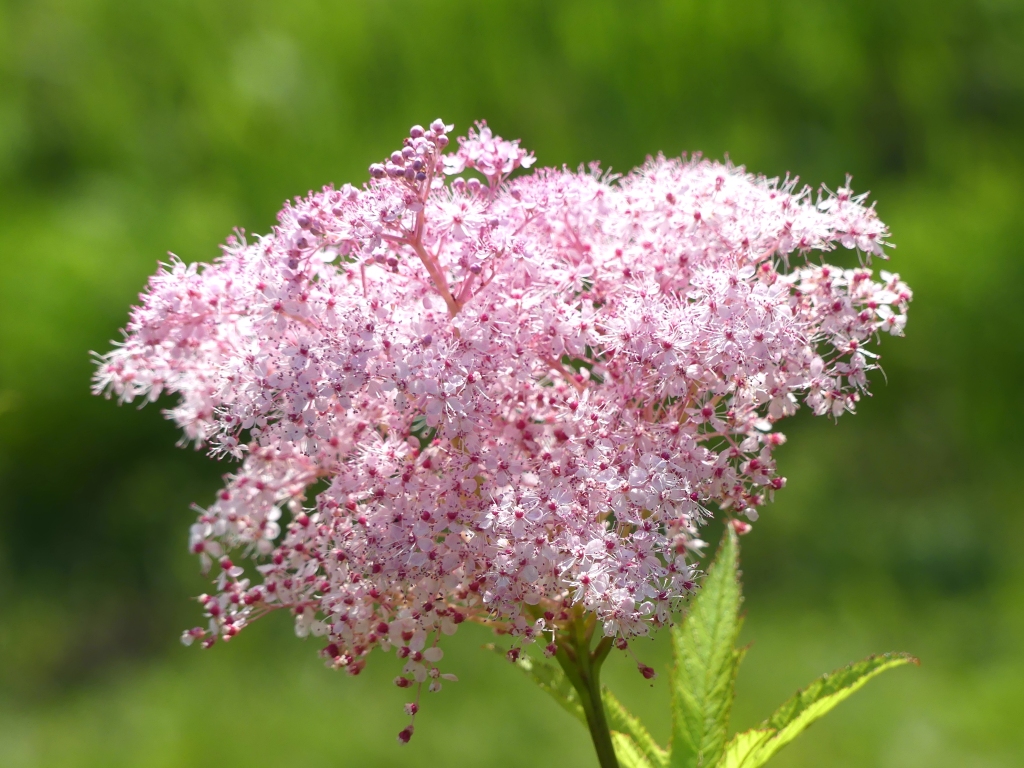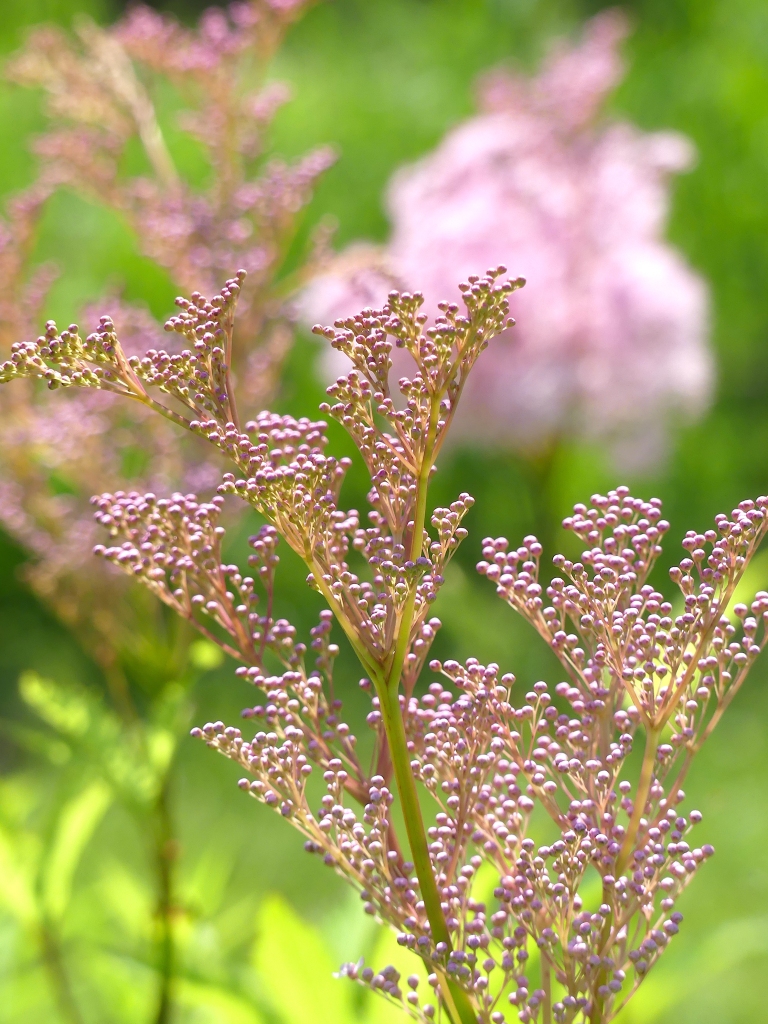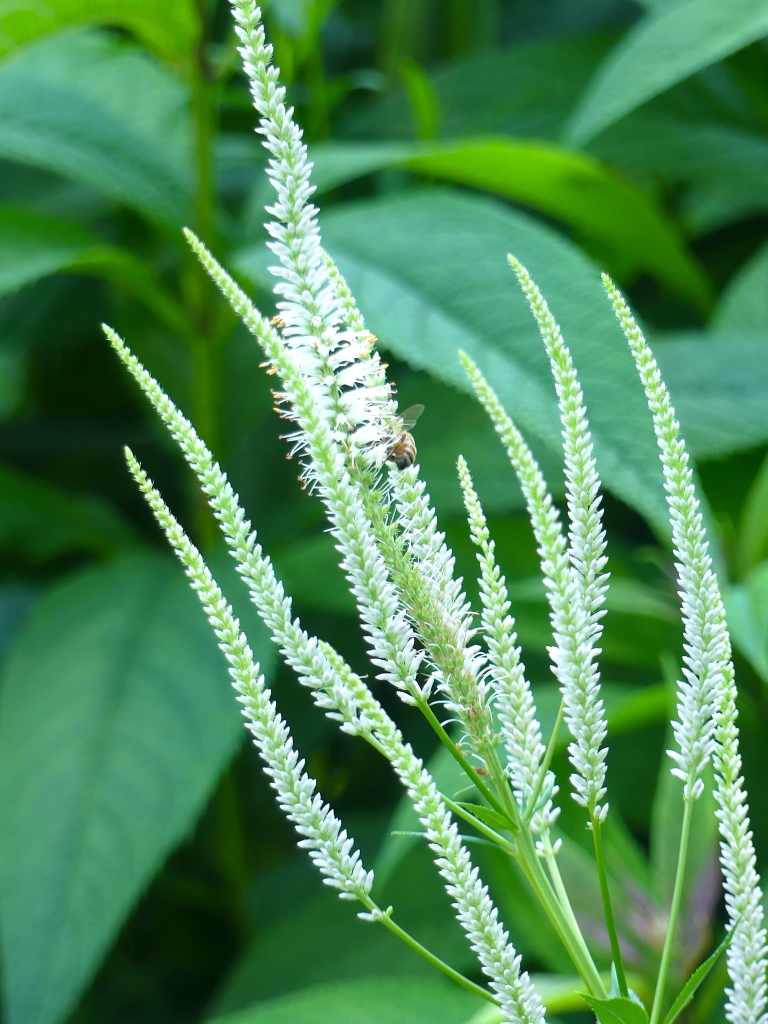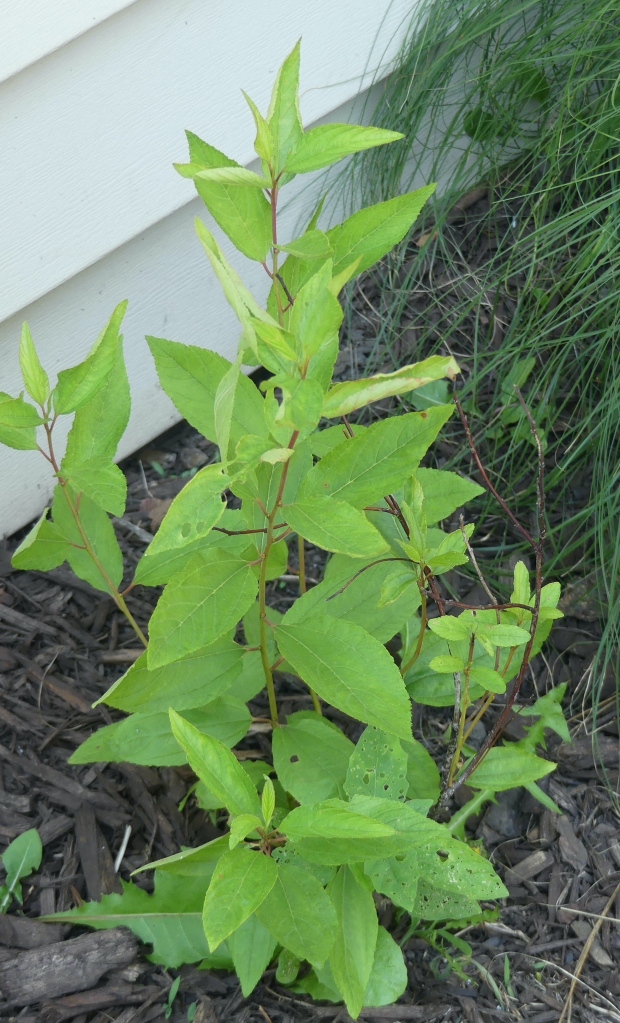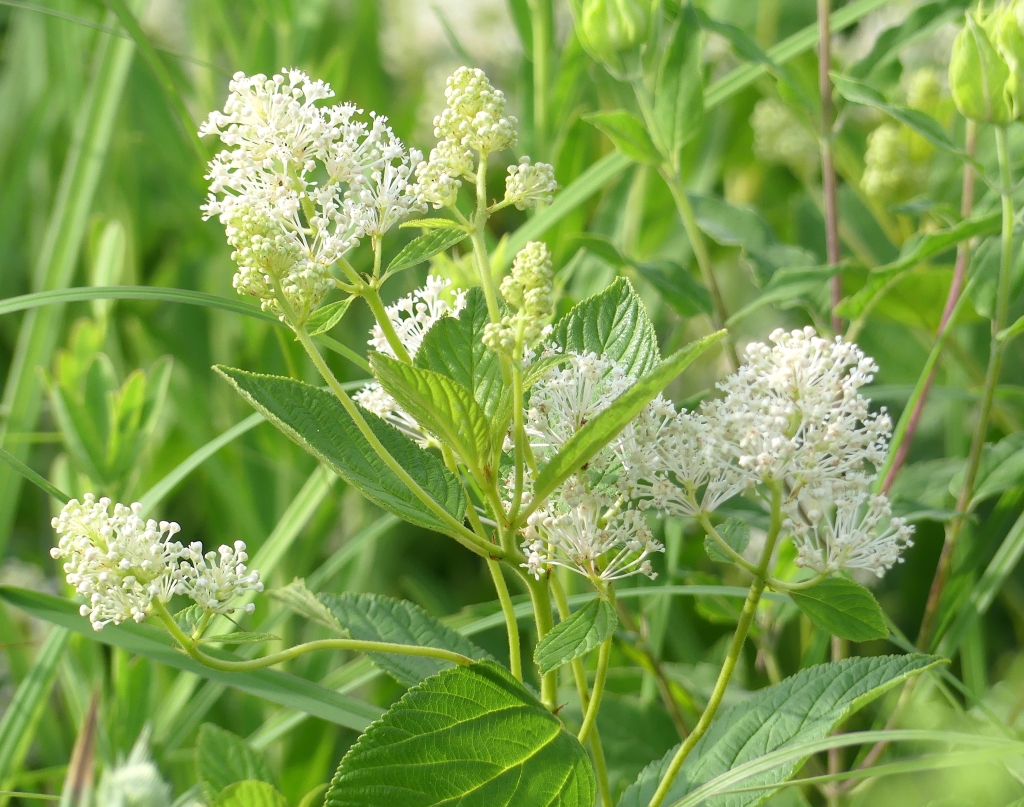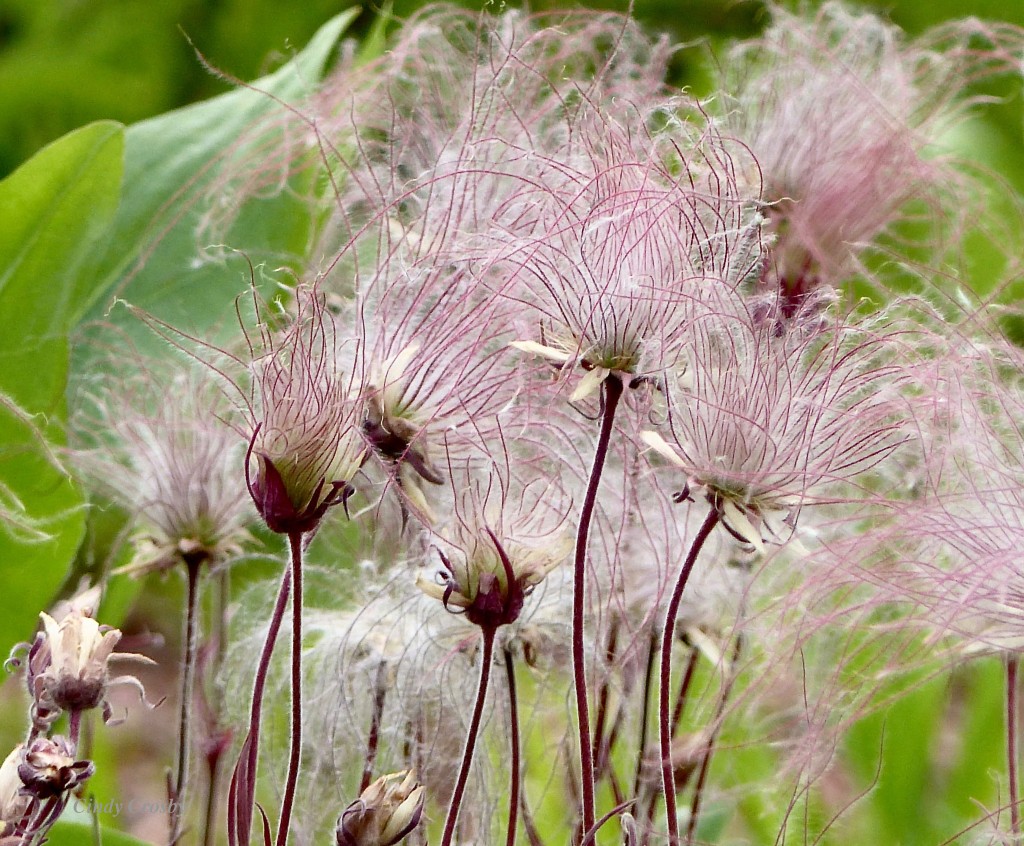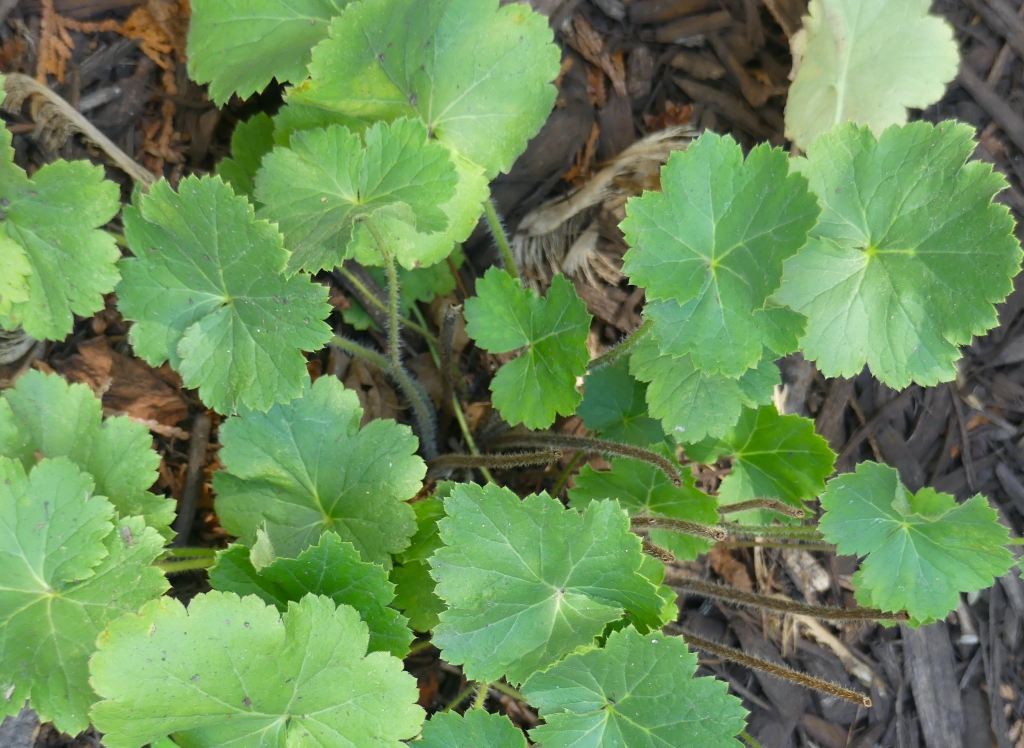“There are far better things ahead than any we leave behind.” —C.S. Lewis
*******
It’s difficult to let go of the things we know and love.

I think of this as I hike the prairie this week, looking back at the summer season. I love the heat and spark of June. July. August. The vibrant color. The sound sizzle. The zip and buzz of insects in constant motion.
I struggle with change. Transitions can be daunting.

And now, autumn. In Illinois, the forecast promises us one last week of warm temperatures before the cold settles in. But you can see the seasonal changes. Wildflowers and grasses in seed. Goldfinches have already traded their warm season wardrobe for the duller garb that will let them blend into the fall and winter woodlands and prairies.

You can see the autumnal changes in the Cup Plants, crisped and brittle…

…the dotted swiss swatches of Prairie Dock leaves…

…the neatly packaged Golden Alexanders’ seed capsules…

…and Rough Blazing Stars’ pom-pom seed puffs, which will gently blow apart in winter’s glacial breezes.

Change is in the air.
Although the numbers of prairie creatures and backyard wildlife I see have dropped off, there is still plenty of activity. As the prairie paths warm in the sun, they are the perfect place for garter snakes to catch a few rays.

Illinois’ snakes are cold blooded, which simply means their body temperature takes its cues from the environment. Snakes here will soon enter “brumation,” a sort of hibernation from which they’ll emerge in the spring. Many folks I know are happy about seeing less snakes; this prairie dweller is not a universal favorite. I can’t help but admire this one as I watch it seamlessly slip from the path and disappear into the grasses.

As the prairie and garden slide into dormancy, it’s a joy to find the last bright butterflies of the season. I’ve not spotted a Monarch for several days. But in my still-vibrant backyard zinnia patch, an American Painted Lady stopped by this weekend to fuel up for the cold.

In Illinois, these beautiful butterflies are seen from April to October. My terrific field guide, Butterflies of Illinois , tells me the last generation of American Painted Ladies like this one will either hibernate as an adult (although they won’t survive very cold temperatures) or the caterpillars will overwinter in the chrysalis stage. Each year, I learn, migrants of this species from the south will help repopulate Illinois.
Soon, all the butterflies will be gone. The skies will seem a little emptier for their absence.

As each new season comes along, I want to hold the previous one tight. Savor every moment. Resist change.

It’s difficult to let go of the past. It’s impossible to know what’s ahead.

Thinking of the future this week is especially daunting. Walking helps.

And—-each season, I remind myself that once I move through the transition, so many wonders will unfold. They are out there, just waiting for me to go see them.

Why not go for a hike this week? I tell myself to get out there. Embrace the transition. Anticipate the change. I know I’ll be glad I did.
******
The opening quote is by C.S. Lewis (1898-1963), the British author of many children’s books and adult fiction and apologetics. He’s probably most beloved by readers for his “The Chronicles of Narnia” series, which I read aloud to my kids, and now my grandkids.
*****
Join Cindy for a class or program to close out 2023!
11/1 — 11am-12:30 pm: “Winter Prairie Wonders” hosted by Town and Country Gardeners in Libertyville, IL. (Closed event for members). To learn more about the club, click here.
11/6 — 11am-12:30pm: “Dragonflies and Damselflies” hosted by Elmhurst Garden Club (Closed event for members). To learn how to join this garden club, click here.
11/10 –1-2:30pm: “A Brief History of Trees in America” hosted by Lombard Garden Club. Free and open to the public! For more information, click here.
11/15 –7-8:30 p.m.: “A Brief History of Trees in America” hosted by the Downers Grove Organic Garden Club. Free and open to the public! For more information, click here.
12/1 — 10-11:30 a.m.: “Bison Tales and Tallgrass Trails” at the Morton Arboretum’s beautiful Sterling Morton Library in Lisle, IL. (SOLD OUT — call and ask to be put on a waiting list.)
12/12 6:45-8 p.m.: “Winter Prairie Wonders” hosted by the Buffalo Grove Garden Club. Free and open to the public! For more information, click here.
******
A note to readers: Jeff and I are celebrating our 40th anniversary by visiting 40 natural areas over the summer and fall. Thanks to everyone who has sent ideas! So far, we’ve enjoyed visiting the following places: Kayaking at #1 Rock Cut State Park (Rockford, IL); hiking at #2 James “Pate” Philip State Park (Bartlett, IL); #3 Potato Creek State Park (North Liberty, IN); #4 Indiana Dunes State Park (Porter County, IN); #5 Indiana Dunes National Park (Beverly Shores, IN); kayaking Silver Lake at #6 Blackwell Forest Preserve (Wheaton/Warrenville, IL); hiking #7 Belmont Prairie Nature Preserve (Downers Grove, IL), #8 Winfield Mounds Forest Preserve (Winfield, IL), #9 Bluff Spring Fen (Elgin, IL), #10 Herrick Lake Forest Preserve (Wheaton, IL); Jeff’s family reunion at #11 Hawthorn Park (Terre Haute, IN); hiking #12 Turkey Run State Park, Marshall, IN) and at #13 Shades State Park, Waveland, IN; hiking and bison viewing at #14 Kankakee Sands, Morocco, IN; hiking at #15 Hidden Lake Forest Preserve (Downers Grove, IL), #16 Peck Farm Park (Geneva, IL), #17 Schulenberg Prairie, The Morton Arboretum (Lisle, IL); #18 Busse Woods Forest Preserve, Elk Grove, IL; #19 Nachusa Grasslands (Franklin Grove,IL); reading in a swing along the Rock River at #20 Lowell Park (Dixon, IL); cabin overnight and hiking at #21 White Pines State Park (Mt. Morris, IL); hiking to the overlook at #22 Castle Rock State Park (Oregon, IL); enjoying the views at a prairie remnant gem #23 Beach Cemetery Prairie (Ogle County, IL); #24 Springbrook Prairie (Naperville, IL); watching eagles and hiking at #25 Starved Rock State Park (Oglesby, IL); watching the dragonfly migration at #26 Matthiessen State Park (Oglesby, IL); river overlook at #27 Buffalo Rock State Park (Ottawa, IL); #28 monarch and dragonfly migration at Wolf Road Prairie (Westchester, IL); and hiking #29 Russell R. Kirt Prairie at College of DuPage (Glen Ellyn, IL); hiking #30 Midewin National Tallgrass Prairie (Wilmington, IL), #31 Fermilab Prairies (Batavia, IL); and #32 Danada Forest Preserve (Wheaton, IL); #33 Fullersburg Woods (Oak Brook, IL); #34 Dick Young Forest Preserve (Batavia, IL); #35 Lyman Woods (Downers Grove, IL); #36 Harlem Hills Prairie Nature Preserve (Loves Park, IL); #37 Greene Prairie (Madison, WI; #38 Curtis Prairie (Madison, WI); and #39 Waterfall Glen (Darien, IL). Thanks to everyone who sent suggestions last week! Our last adventure will be posted next Tuesday.





